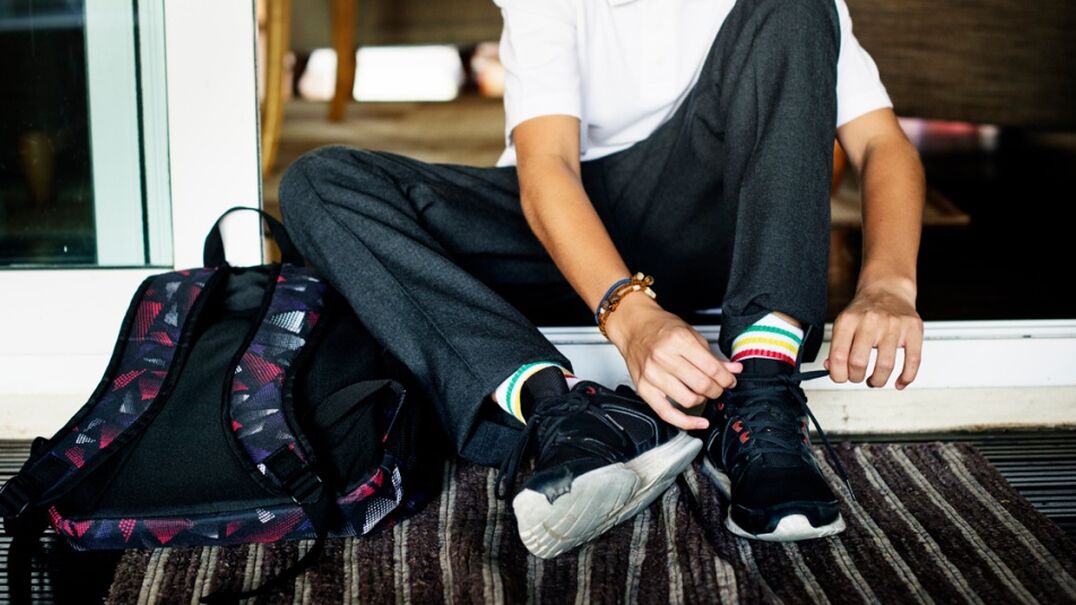- COVID-19 has exacerbated many of the risk factors for families that can lead to child abuse and neglect.
- Pandemic could see a 20% increase on current rates in demand for child protection for 5 years, resulting in 27,500 children in out-of-home care in 2026.
- Aboriginal and Torres Strait Islander children continue to be over-represented in child protection, with Aboriginal and Torres Strait Islander children making up 26% of all children in out-of-home care.
- Increased and sustained investment in targeted early intervention programs for children and families could prevent almost 1,500 children from entering out-of-home care every year.
New research shows an additional 4,500 Victorian children could enter the out-of-home care system by 2026 as a result of COVID-19, increasing the total number of children potentially in out-of-home care in 6 years’ time to 27,500 children.
Leading child and family agencies are calling on the Victorian Government to provide additional, sustained investment in effective early intervention programs, to reduce the number of children experiencing harm and entering the child protection and out-of-home care system.
Even before the pandemic, the child protection system was broken, causing devastating outcomes for children and young people. Now, COVID-19 is pushing even more families to breaking point, which could see thousands more children potentially enter out-of-home care as a result.
In 2018-19, there were more than 47,000 children involved with the child protection system in Victoria – around 3% of all Victorian children – and nearly 12,000 children are living in out-of-home care.
“These are shocking numbers. In fact, the number of children being removed from their families in Victoria continues to be the worst in Australia.”
“What’s even more alarming is that this number will more than double in the next 6 years – to 27,500 children living in out-of-home care in 2026, depending on how the response to COVID-19 is managed, and unless significant investment is made and the child protection system is reformed,” Mr Perusco said.
The report, commissioned by Berry Street, considers three scenarios to assess the impact of COVID-19 on families experiencing vulnerability – a constrained pandemic with a fast economic recovery; a prolonged pandemic with a slower economic recovery; and a severe and rolling pandemic with a protracted economic recovery.
Under a constrained pandemic scenario, the modelling predicts approximately 24,000 children will be in out-of-home care in 2026. In the event of a prolonged pandemic and slower economic recovery, approximately 25,000 children are forecast to be in out-of-home care in 2026.
However, a severe and rolling pandemic with a protracted economic recovery could see a 20% increase on current rates in demand for child protection for 5 years, which would mean approximately 27,500 children potentially in out-of-home care by 2026 – an additional 4,500 children as a result of the pandemic.
“If this happens, Victoria’s child protection system won’t just be broken – it will be beyond repair, and we will see more tragic outcomes for children in care as a result.”
Mr Perusco said the COVID-19 pandemic has exacerbated many of the risk factors for families that can lead to child abuse and neglect, but, for many, providing targeted intervention at an early stage will help them stay safely together, and prevent the need for child protection involvement.
“Already, we are seeing the impacts of COVID-19 and lockdown measures on families. We know there are increased family conflicts and separations, family violence, parental substance misuse, parental unemployment and financial stress, housing stress, and inability to meet basic needs. There needs to be significant investment to support these families – especially now.”
Deb Tsorbaris, CEO of the Centre for Excellence in Child and Family Welfare, which represents over 100 Victorian child and family services organisations, says a whole-of-community response is desperately needed to address the impact the pandemic has had on families experiencing vulnerability.
“The impacts of COVID-19 are being felt more severely by families who are isolated and have unmet support needs, families at heightened or intensified risk of family violence as a result of being locked down with family members, and families in lower socio-economic areas or employed in industries hardest hit by job losses.”
These issues are pushing families to breaking point, and they become more likely to be involved in substantiated reports of child abuse and neglect.
Significantly reorienting the child and family service system toward early intervention needs a sustained and collaborative effort.
"We need decisive action, and an ongoing commitment of additional investment to seed change, start to improve outcomes for children and young people, and to deliver long-term, economically sustainable results," Ms Tsorbaris says.
The report proposes long-term investment in targeted early intervention to prevent children entering the out-of-home care system in Victoria, which would deliver net savings of up to $2 billion over 10 years and prevent almost 1,500 children from entering out-of-home care every year.
The research was undertaken by Social Ventures Australia, and supported by the Centre for Excellence in Child and Family Welfare and a coalition of Victoria’s leading child and family services agencies, including the Victorian Aboriginal Child Care Agency, OzChild, Anglicare Victoria, MacKillop Family Services, Mallee Family Care, the Queen Elizabeth Centre, Uniting Victoria and Tasmania, and Youth Support and Advocacy Service.
 media enquiries
media enquiries
For all media enquiries please contact



